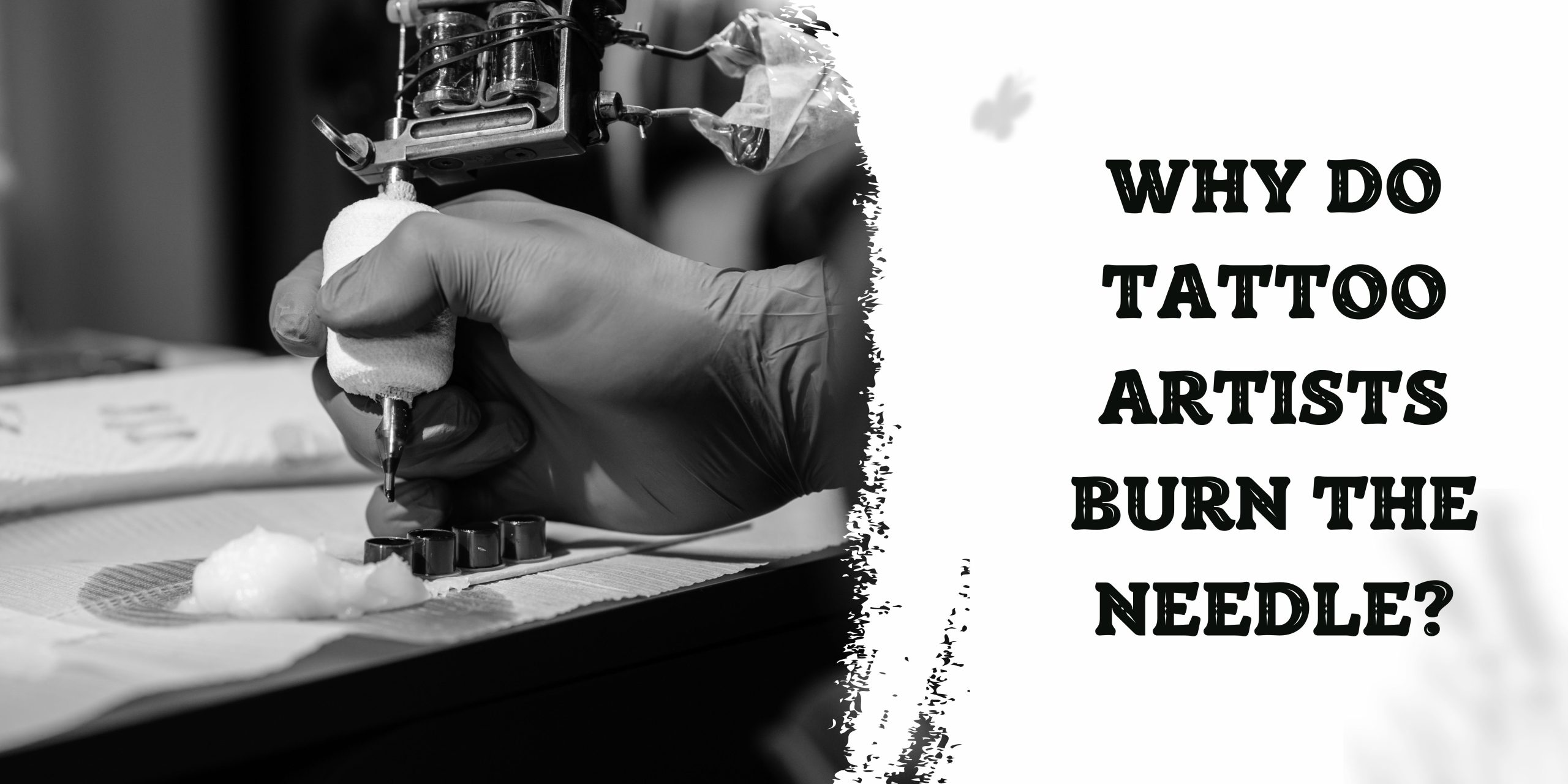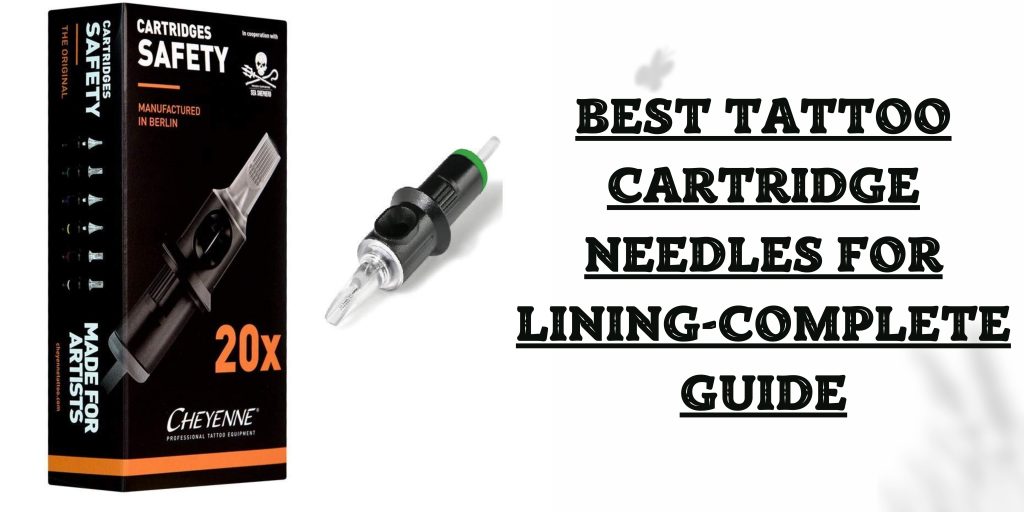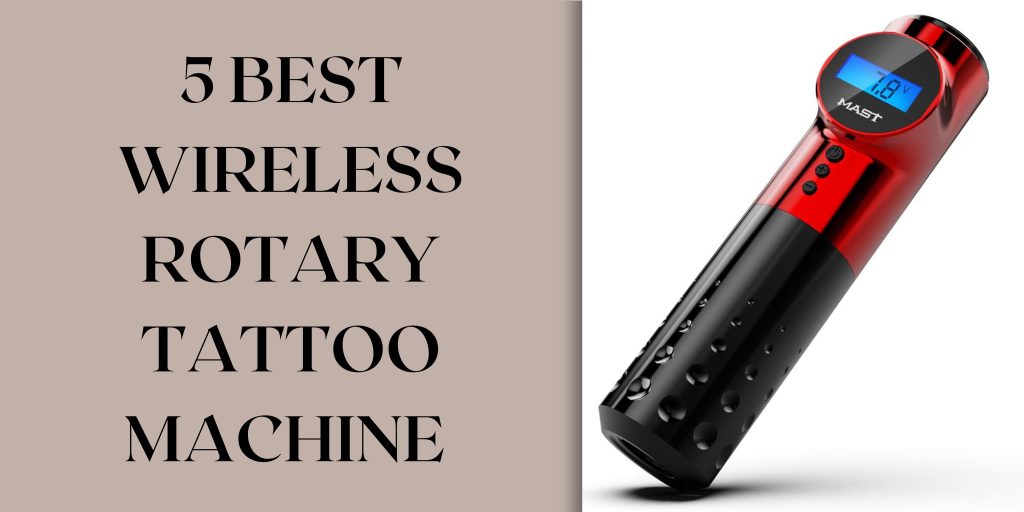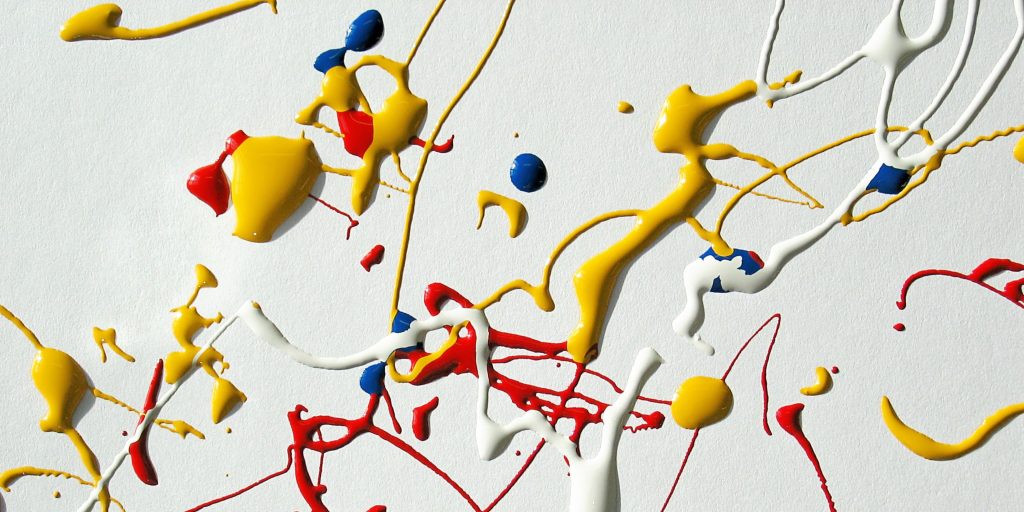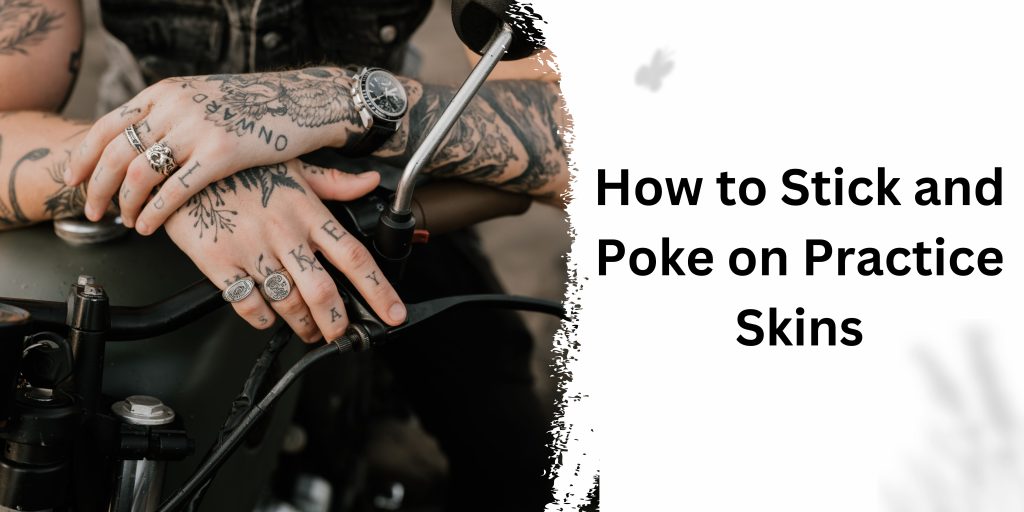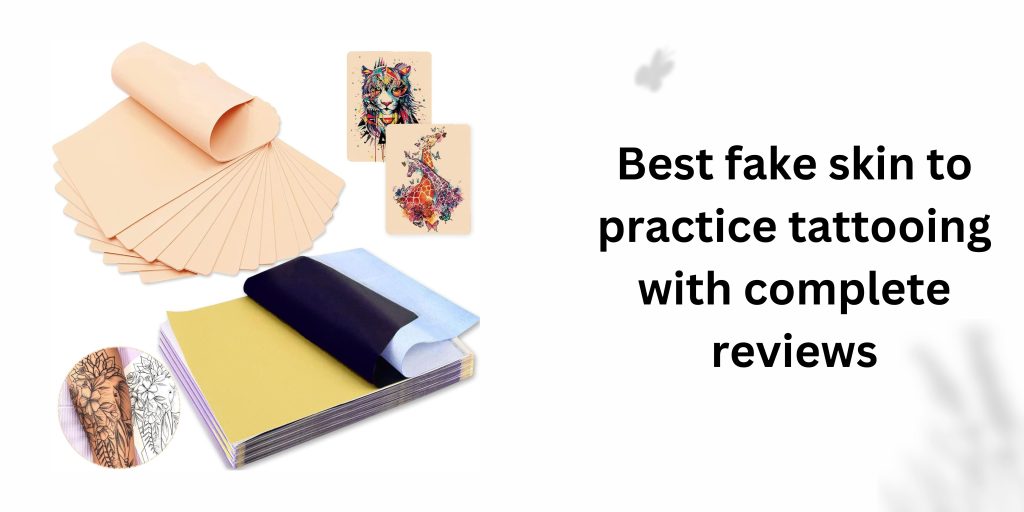Tattooing is an ancient art form that involves injecting ink into the skin to create permanent designs. Tattoo artists play a crucial role in this process, using various tools, including tattoo needles, to create intricate and meaningful artwork on their clients’ bodies. One intriguing aspect of the tattooing process is the practice of burning the tattoo needle before use. In this article, we will delve into the reasons Why do tattoo artists burn the needle? and explore alternative solutions to ensure safety and hygiene in the tattooing industry.
The Importance of Needle Sterilization
Tattooing is not just about artistic expression; it also involves a responsibility to prioritize the health and safety of clients. Proper sterilization of tattoo needles is crucial to prevent the transmission of infections and diseases, such as hepatitis and HIV. Tattoo artists must follow strict hygiene protocols to minimize the risk of contamination and protect their clients’ well-being. Most people get tattoos on different parts like chest tattoos, spine tattoos, lip tattoo
Needle Sterilization Techniques
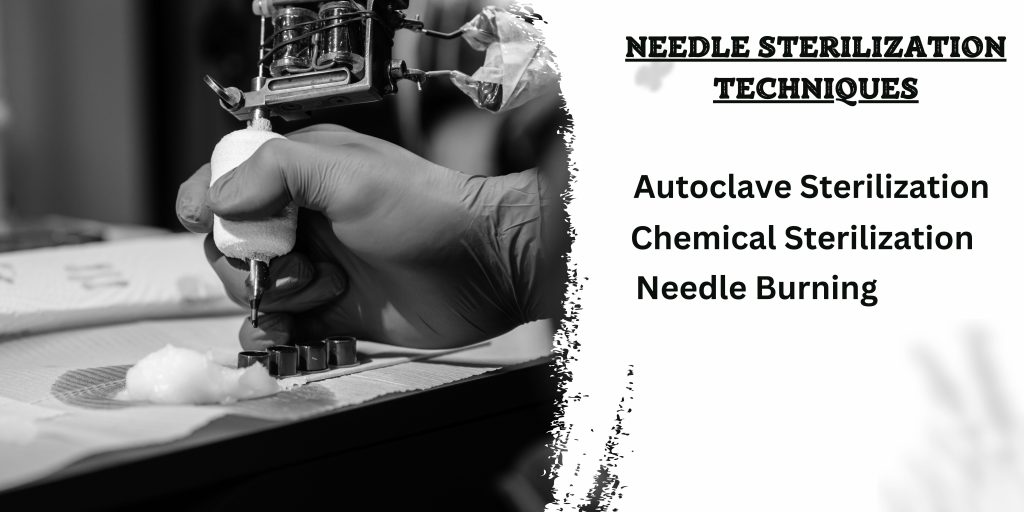
Autoclave Sterilization:
Autoclave sterilization is a common technique used in various medical settings. It involves subjecting tattoo needles to high-pressure steam, effectively killing any microorganisms present. While autoclaving is highly effective, not all tattoo artists have access to autoclave machines or the resources to maintain them.
Chemical Sterilization:
Chemical sterilization involves using liquid disinfectants or solutions to kill bacteria and other pathogens on tattoo needles. However, chemical sterilization may not completely eliminate all types of microorganisms, and some disinfectants may have limitations in penetrating certain areas of the needle.
Needle Burning: An Effective Solution
The practice of burning tattoo needles has been employed by tattoo artists for generations as a reliable and accessible method of sterilization. When a needle is burned, the intense heat kills any microorganisms present on its surface. Additionally, the process helps to remove any residual ink, ensuring a clean start for each tattooing session.
Safety Measures in Needle Burning
To ensure safety during the needle-burning process, tattoo artists take specific precautions. They use a sterile flame, such as an alcohol lamp or a butane torch, to burn the needle. The heat from the flame should be sufficient to sterilize the needle without causing damage or altering its shape. After burning, the needle is allowed to cool down before use. you also need how you can wrap the tattoo machine.
Evolving Practices and Modern Alternatives
Disposable Tattoo Needles:
With advancements in technology, disposable tattoo needles have become increasingly popular. These single-use needles come pre-sterilized and are disposed of after each client, eliminating the need for sterilization procedures. Disposable needles offer convenience and reduce the risk of cross-contamination.
| Advantages | Disadvantages |
|---|---|
| Sterility: Disposable needles come pre-sterilized and individually packaged, ensuring a high level of sterility and minimizing the risk of cross-contamination. This provides peace of mind to both the tattoo artist and the client. | Environmental Impact: The extensive use of disposable needles contributes to the accumulation of plastic waste in landfills. This raises concerns about sustainability and the ecological footprint of the tattooing industry. Proper recycling or environmentally friendly disposal methods should be encouraged. |
| Convenience: Disposable needles eliminate the need for sterilization procedures, saving time and effort for tattoo artists. They can focus more on the artistic process and client interaction rather than on sterilization protocols. | Cost: Disposable needles can be more expensive than reusable ones, as they need to be purchased in bulk. This cost may be passed on to clients, potentially affecting pricing and accessibility for some individuals. |
| Safety: Using disposable needles reduces the chances of transmitting infectious diseases and infections. There is no risk of residual contamination from previous clients since each needle is used only once. | Limited Customization: Disposable needles are mass-produced with standardized configurations, limiting the extent of customization options for tattoo artists. Artists who prefer specific needle variations may find disposable needles restrictive in terms of needle types, sizes, and configurations. |
| Consistency: Disposable needles are manufactured with precision and consistency, ensuring uniformity in needle gauge, shape, and sharpness. This consistency contributes to better tattooing results and reduces the risk of complications. | Learning Curve: Some tattoo artists may need to adjust their techniques when switching to disposable needles. The tactile feedback and handling of disposable needles might differ from traditional reusable needles, requiring artists to adapt their methods. |
| Waste Disposal: Disposable needles simplify waste management since they are discarded after use. Proper disposal of used needles helps maintain a clean and hygienic workspace. | Perception and Tradition: Tattoo artists who value the tradition and ritualistic aspects of needle burning may perceive the use of disposable needles as a departure from the historical roots of tattooing. For these artists, the practice of burning needles holds cultural and artistic significance. |
Balancing Tradition and Safety:
Despite the availability of disposable needles, many tattoo artists continue to burn their needles due to a combination of factors. Some artists perceive the ritualistic nature of needle burning as an essential part of their craft. Additionally, the burning process offers a visible indicator of sterilization, ensuring peace of mind for both the artist and the client.
Read More: Choosing the Right Gloves for Tattooing
Historical Perspective
A brief history of tattooing and needle sterilization:
Tattooing has a rich and diverse history that dates back thousands of years. The practice of permanently marking the skin for decorative or ritualistic purposes can be found in various cultures worldwide. In ancient times, tattooing tools were often crude and rudimentary, consisting of sharpened bones, thorns, or other objects that could penetrate the skin.
As tattooing evolved into a more refined art form, the need for sterilization became increasingly apparent. Early civilizations recognized the potential risks associated with using unclean tools and developed primitive sterilization methods. These methods included boiling tattoo instruments in water or exposing them to fire to kill bacteria and other harmful microorganisms. you also read about rotary tattoo machines.
The evolution of needle sterilization techniques:
Over time, as medical knowledge and technology advanced, tattoo artists began adopting more sophisticated needle sterilization techniques. The evolution of these techniques can be attributed to several key developments:
Introduction of antiseptics:
In the mid-19th century, the discovery and use of antiseptics revolutionized medical practices, including tattooing. Antiseptics, such as carbolic acid, were employed to clean and disinfect tattoo needles, reducing the risk of infection.
Autoclave sterilization:
In the late 19th century, the invention of the autoclave by Charles Chamberland provided a more reliable method of sterilization. Autoclaves use pressurized steam to kill microorganisms effectively. This breakthrough technology allowed tattoo artists to ensure the sterility of their tools on a larger scale.
Chemical sterilization advancements:
As the understanding of microbiology improved, tattoo artists began using more advanced chemical sterilization methods. These included the use of disinfectants such as alcohol, iodine, and bleach to cleanse tattoo needles before use.
Introduction of disposable needles:
In recent decades, the development of disposable tattoo needles has significantly impacted needle sterilization practices. Disposable needles are pre-sterilized and individually packaged, eliminating the need for traditional sterilization methods. These single-use needles offer convenience and provide a higher level of assurance in terms of hygiene and safety.
Conclusion
The practice of burning tattoo needles serves as a traditional and effective sterilization method in the tattooing industry. While advancements such as disposable needles offer convenience and safety, many artists choose to continue the ritual of needle burning to uphold their artistic traditions and maintain tangible proof of sterilization. Regardless of the method employed, it is crucial for tattoo artists to prioritize the health and safety of their clients by adhering to strict sterilization protocols. By doing so, they can ensure that the art of tattooing remains a safe and meaningful experience for all involved. i hope you understand the topic of why do tattoo artists burn the needle.

